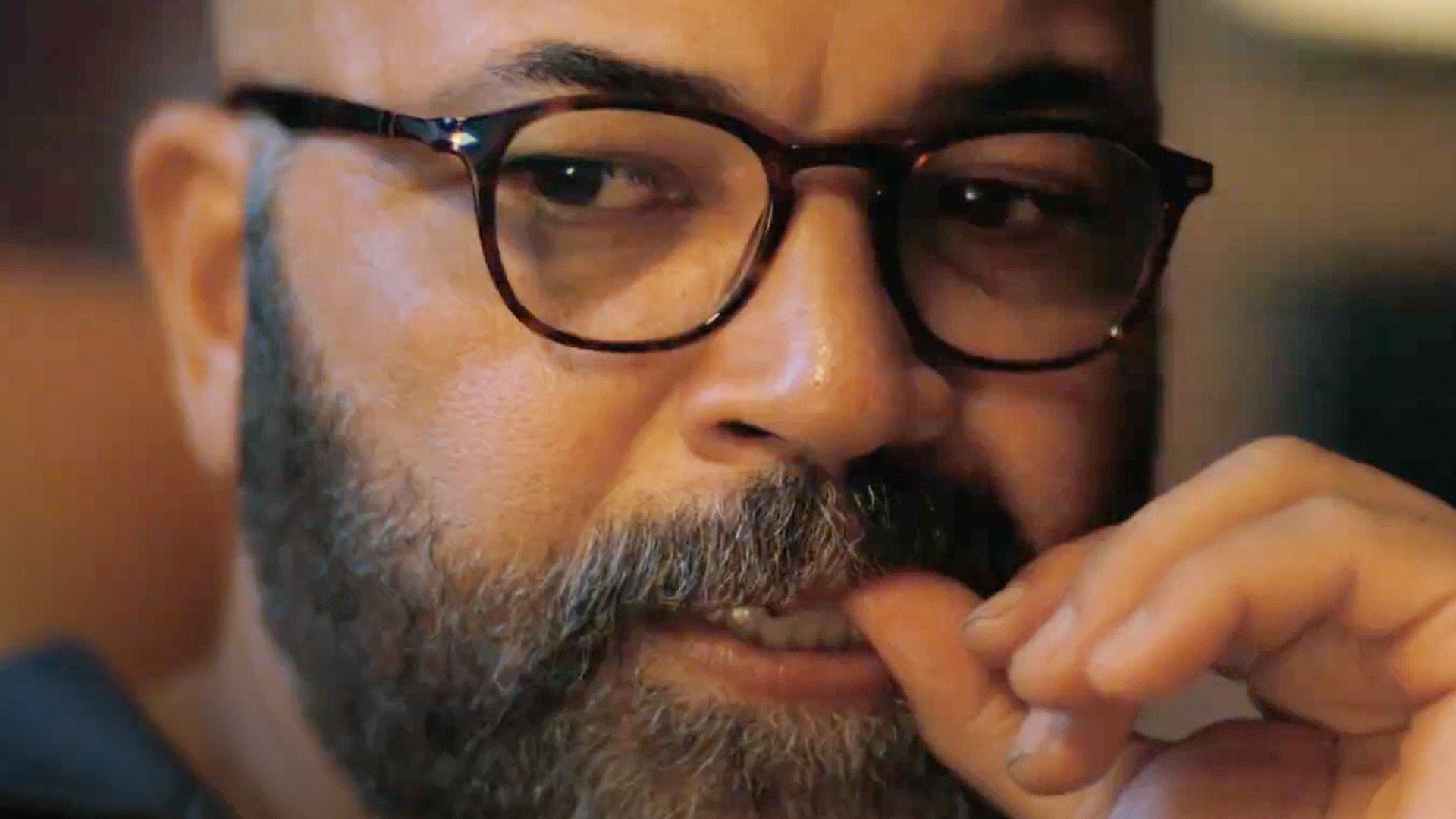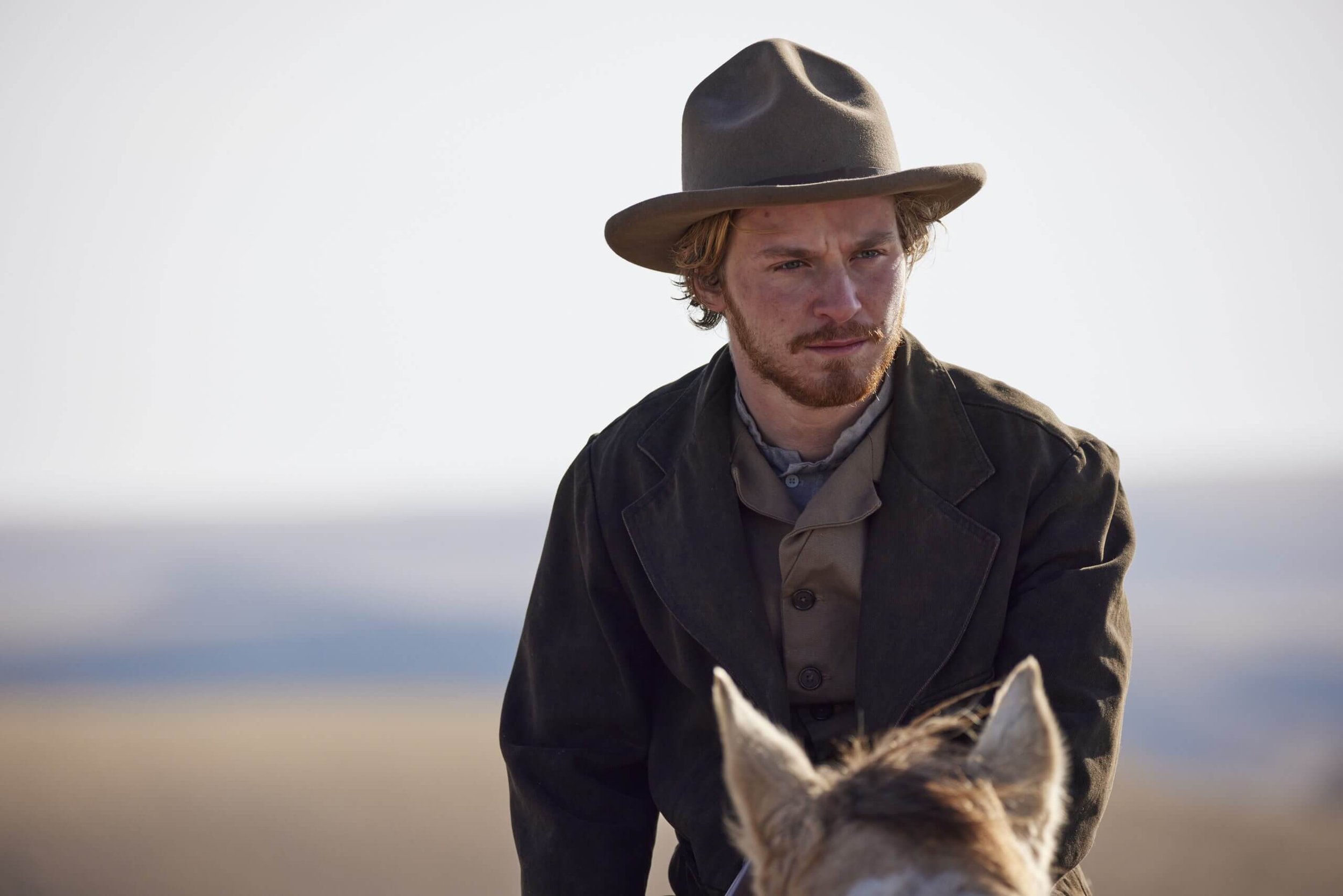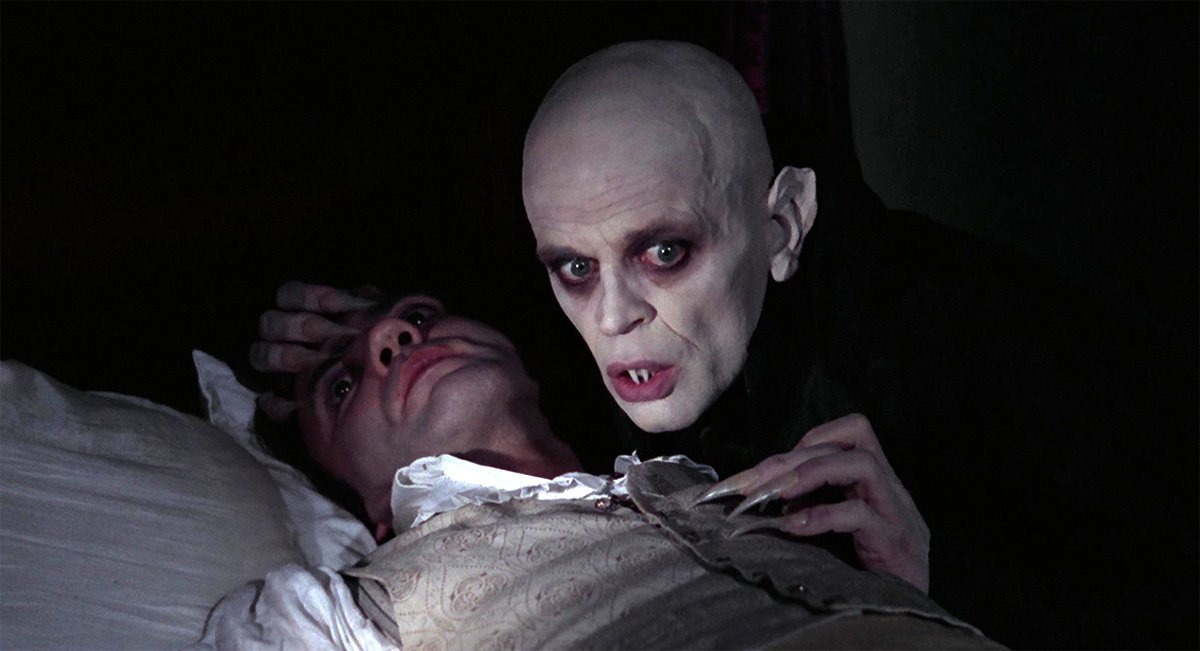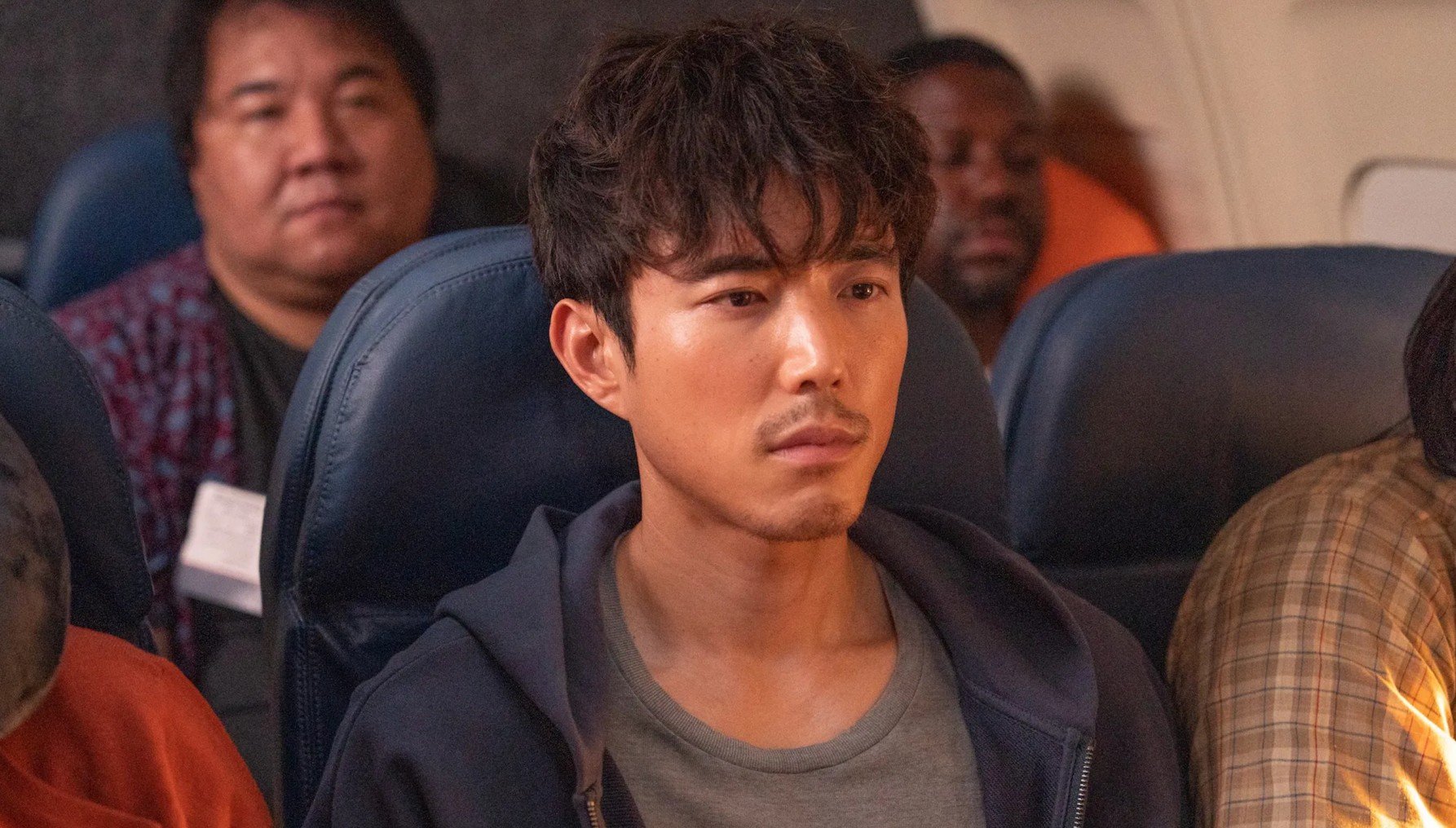On Dec. 14, the Phoenix Critics Circle, along with friends, family, and partners, enjoyed a festive evening at the Phoenix Film Festival home office and the Harkins Theatres Scottsdale 101 to proudly announce the PCC’s choices for 2023’s best films, performances, and efforts in technical categories.
“Past Lives”, Celine Song’s stunning first feature film, seizes the day to win Best Picture, while Christopher Nolan’s “Oppenheimer” and Alexander Payne’s “The Holdovers” garner the most hardware with four and three awards, respectively.
Cillian Murphy and Robert Downey Jr. secure Best Actor and Best Supporting Actor for their atomic work in “Oppenheimer”, and Da’Vine Joy Randolph serves a stand-out Best Supporting Actress performance as an engaging but brokenhearted cafeteria worker in “The Holdovers”, which also won the PCC’s Best Comedy award.
Valley native Emma Stone rounds out the acting honors with a Best Actress victory for her grand and whirlwind efforts in Yorgos Lanthimos’ “Poor Things”, and the wildly imaginative director cashes in with Best Director honors.
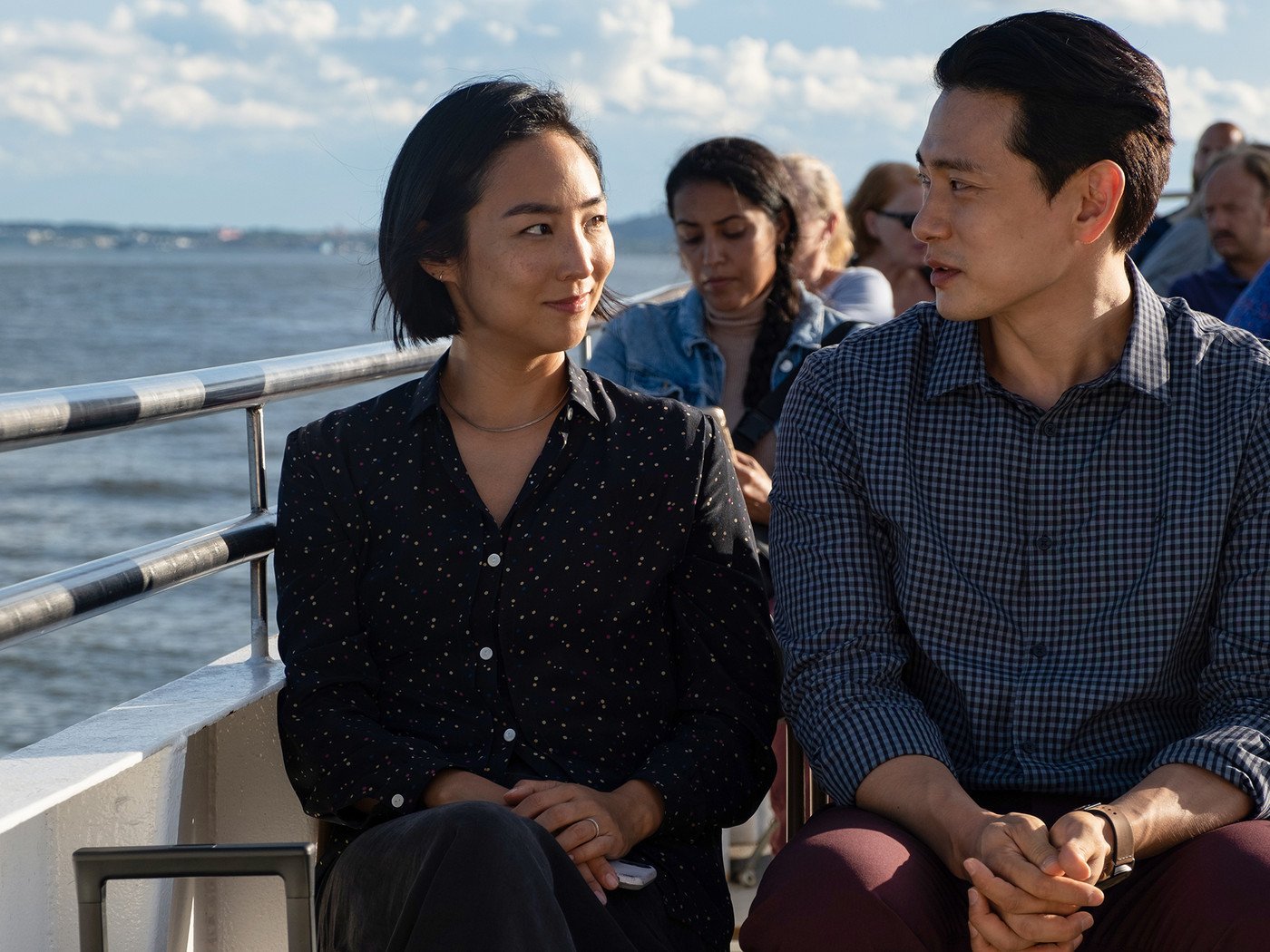
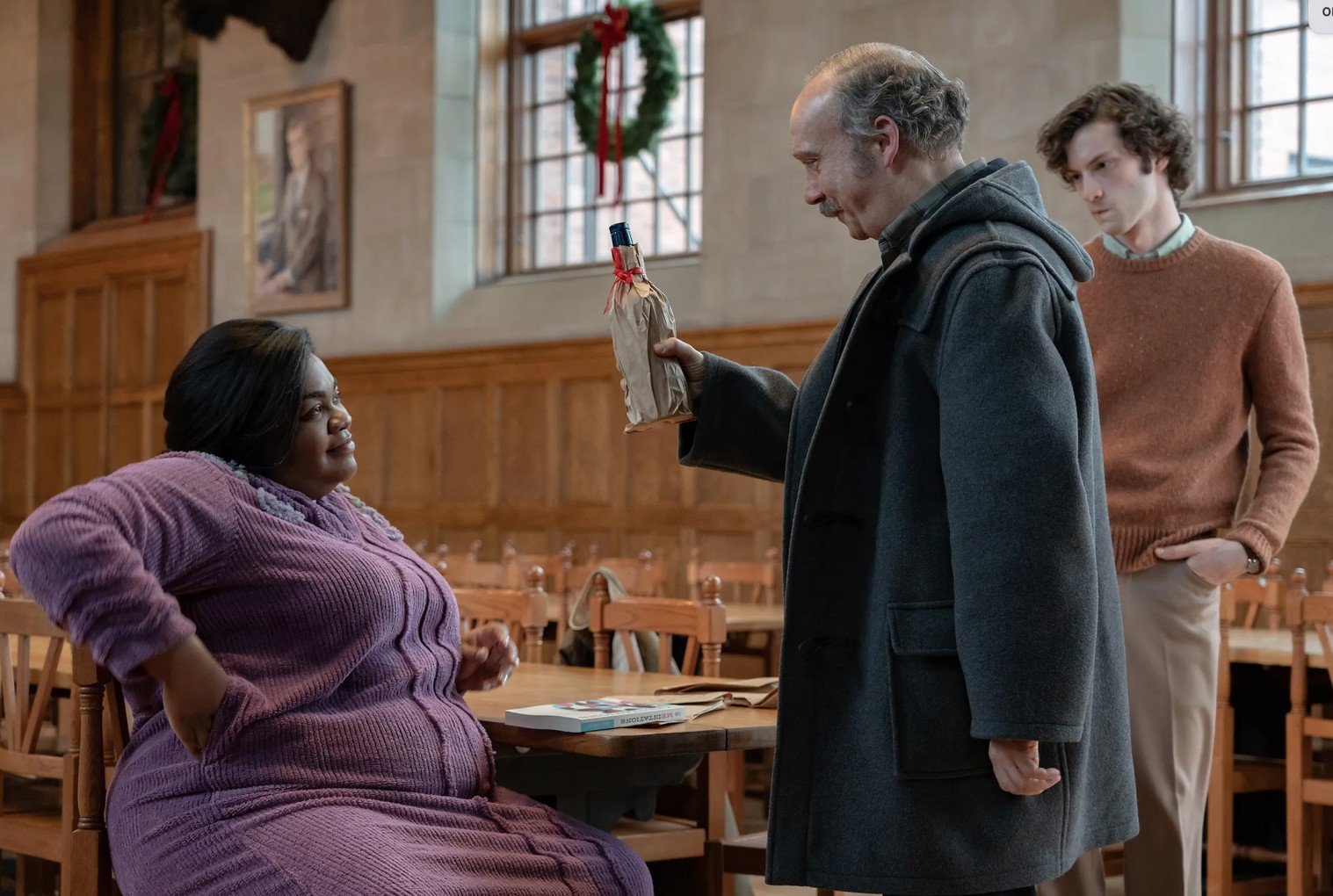
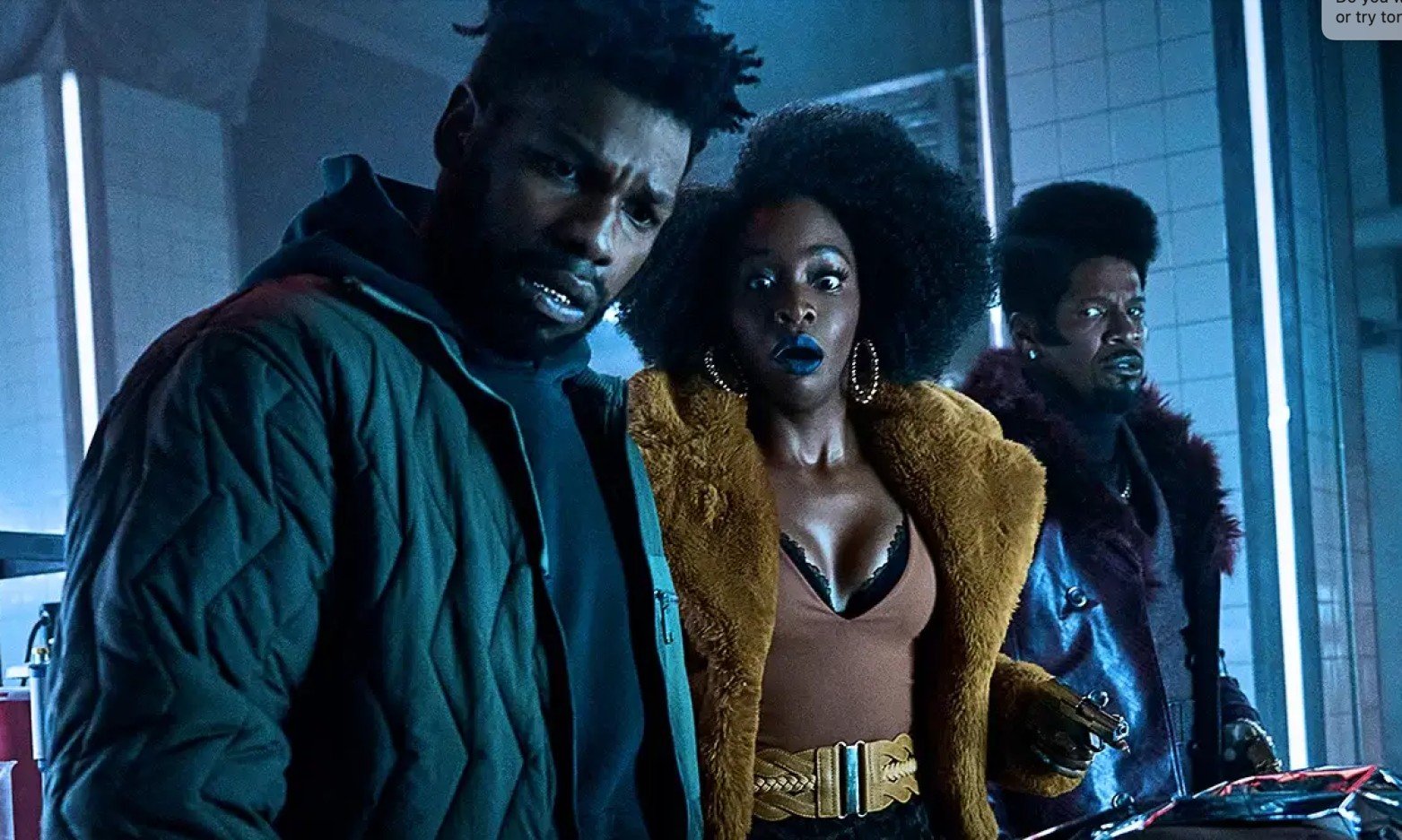
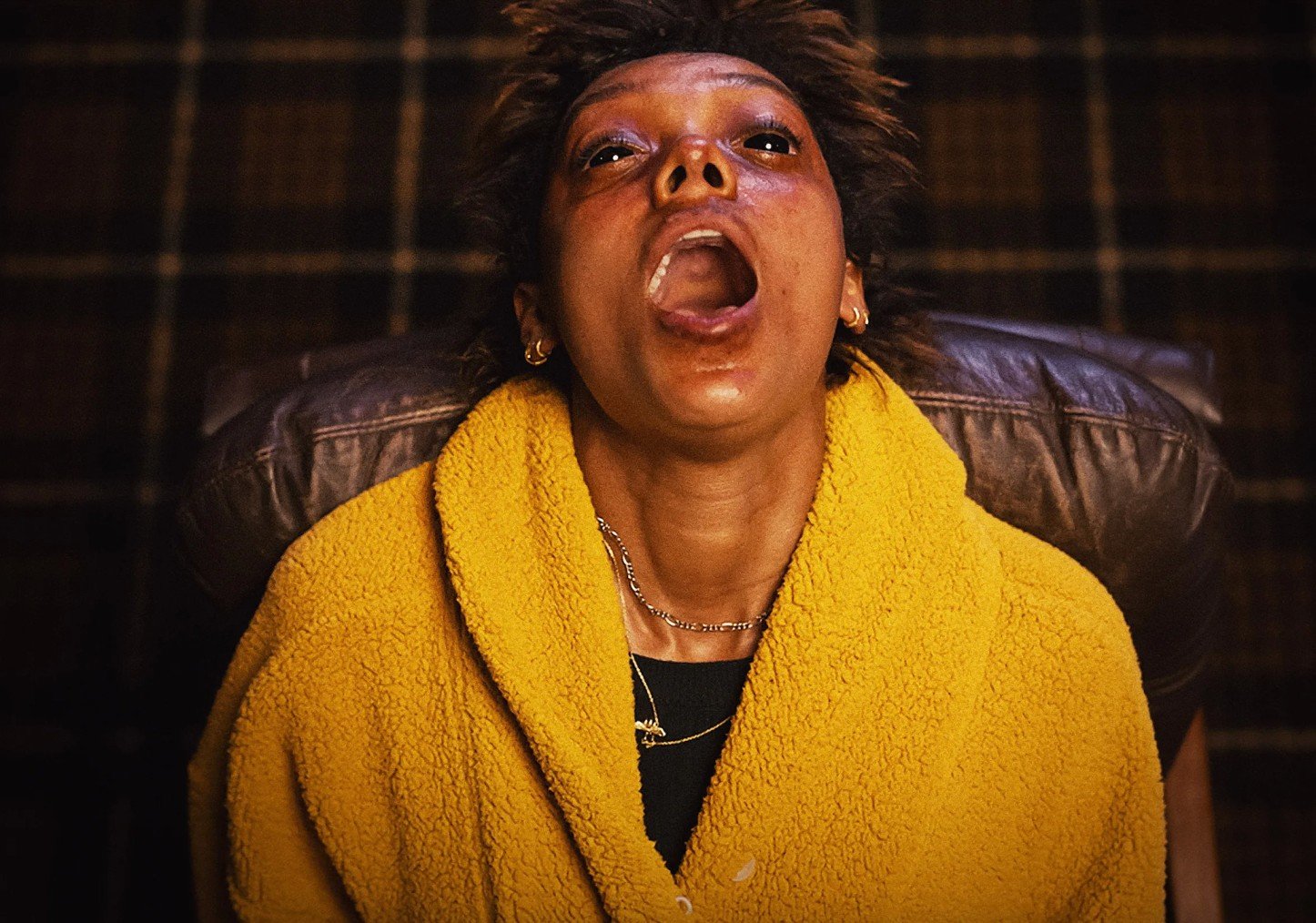

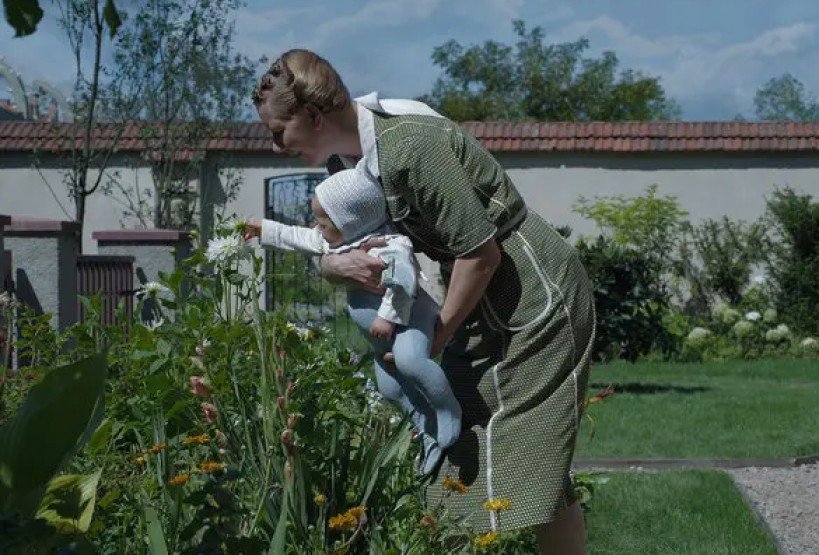


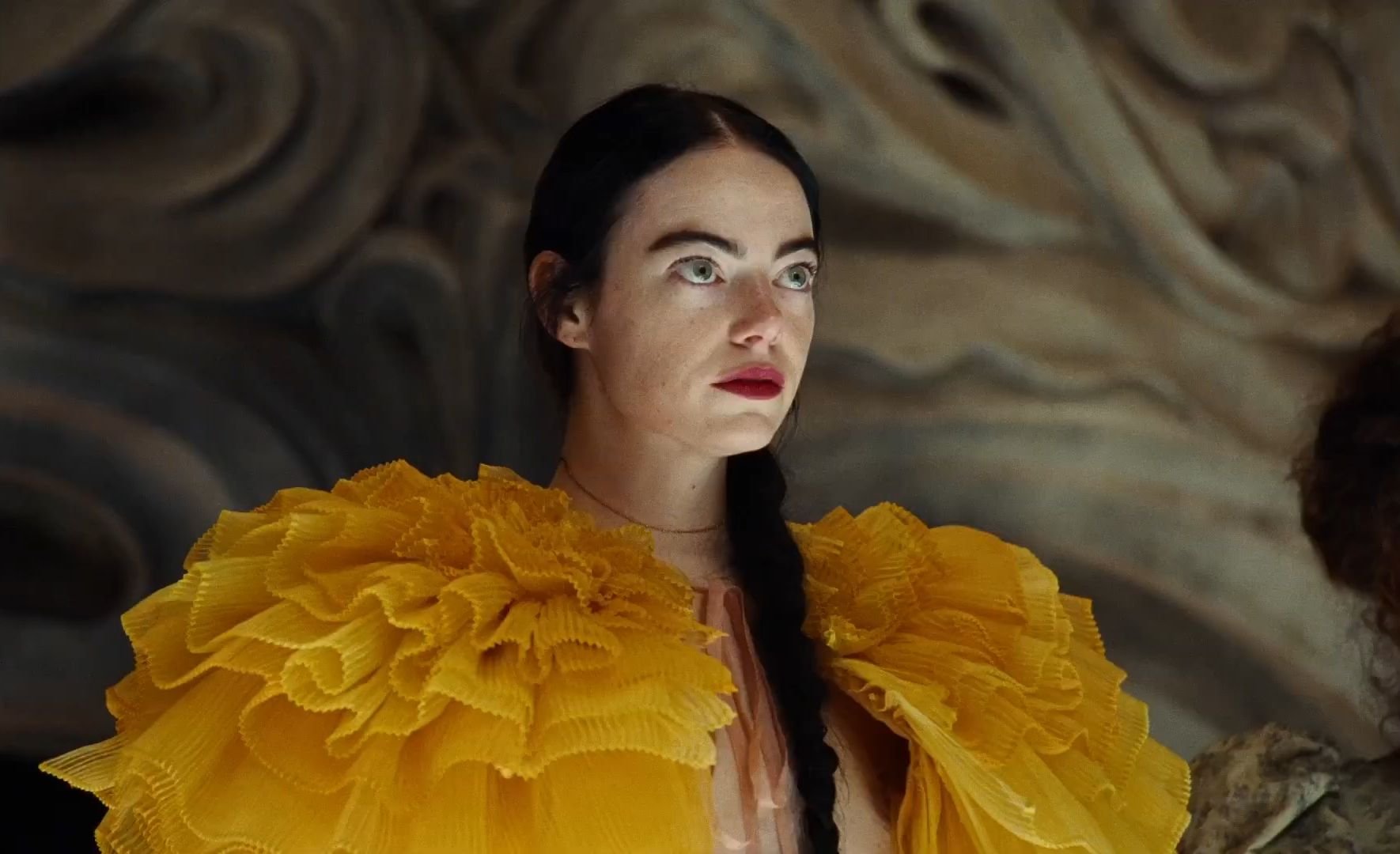


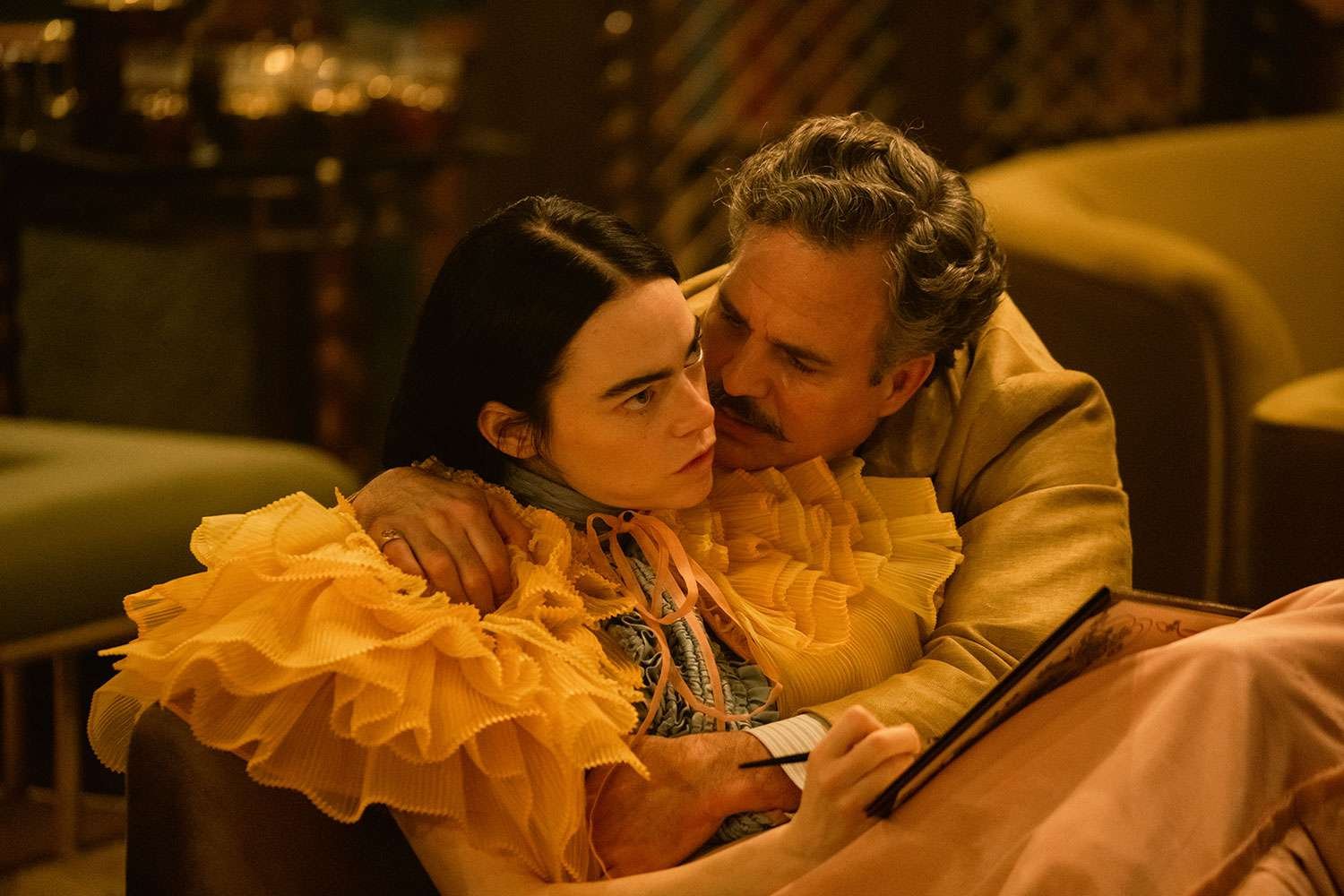
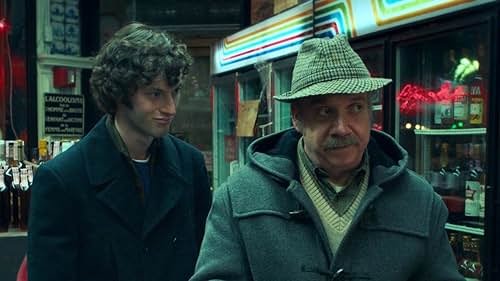
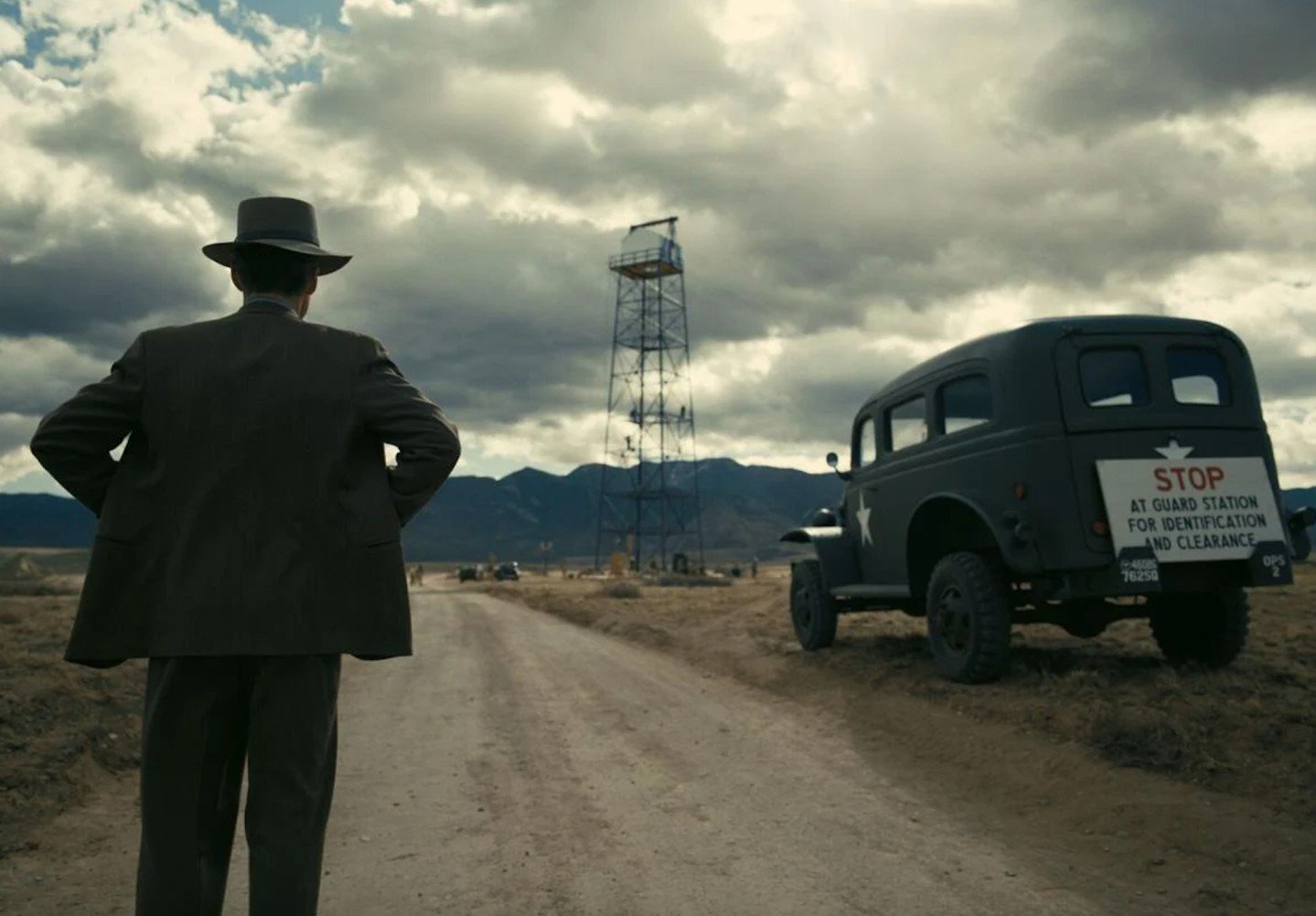

Here is the complete list of winners and nominees.
BEST PICTURE
THE HOLDOVERS
KILLERS OF THE FLOWER MOON
OPPENHEIMER
PAST LIVES - WINNER
POOR THINGS
THE ZONE OF INTEREST
BEST COMEDY FILM
AMERICAN FICTION
ASTEROID CITY
BARBIE
BOTTOMS
THE HOLDOVERS - wINNER
BEST SCIENCE FICTION FILM
ASTEROID CITY
THE CREATOR
GUARDIANS OF THE GALAXY VOL. 3
INDIANA JONES AND THE DIAL OF DESTINY
INFINITY POOL
THEY CLONED TYRONE - wINNER
BEST HORROR FILM
EVIL DEAD RISE
NO ONE WILL SAVE YOU
TALK TO ME - WINNER
THANKSGIVING
WHEN EVIL LURKS
BEST ANIMATED FILM
THE BOY AND THE HERON
ELEMENTAL
SPIDER-MAN: ACROSS THE SPIDER-VERSE - WINNER
TEENAGE MUTANT NINJA TURTLES: MUTANT MAYHEM
WISH
BEST FOREIGN LANGUAGE FILM
ANATOMY OF A FALL
FALLEN LEAVES
GODZILLA MINUS ONE
PERFECT DAYS
THE ZONE OF INTEREST - WINNER
BEST DOCUMENTARY
20 DAYS IN MARIUPOL
AMERICAN SYMPHONY
BEYOND UTOPIA
THE MISSION
STILL: A MICHAEL J. FOX MOVIE - WINNER
BEST ACTOR
BRADLEY COOPER, MAESTRO
LEONARDO DICAPRIO, KILLERS OF THE FLOWER MOON
PAUL GIAMATTI, THE HOLDOVERS
BARRY KEOGHAN, SALTBURN
CILLIAN MURPHY, OPPENHEIMER - WINNER
JEFFREY WRIGHT, AMERICAN FICTION
BEST ACTRESS
LILY GLADSTONE, KILLERS OF THE FLOWER MOON
SANDRA HÜLLER, ANATOMY OF A FALL
GRETA LEE, PAST LIVES
NATALIE PORTMAN, MAY DECEMBER
MARGOT ROBBIE, BARBIE
EMMA STONE, POOR THINGS - WINNER
BEST SUPPORTING ACTOR
WILLEM DAFOE, POOR THINGS
ROBERT DOWNEY JR., OPPENHEIMER - WINNER
RYAN GOSLING, BARBIE
MARK RUFFALO, POOR THINGS
DOMINIC SESSA, THE HOLDOVERS
BEST SUPPORTING ACTRESS
EMILY BLUNT, OPPENHEIMER
PENELOPE CRUZ, FERRARI
RACHEL MCADAMS, ARE YOU THERE GOD? IT’S ME, MARGARET.
JULIANNE MOORE, MAY DECEMBER
ROSAMUND PIKE, SALTBURN
DA’VINE JOY RANDOLPH, THE HOLDOVERS - WINNER
BEST DIRECTOR
GRETA GERWIG, BARBIE
JONATHAN GLAZER, THE ZONE OF INTEREST
YORGOS LANTHIMOS, POOR THINGS - WINNER
CHRISTOPHER NOLAN, OPPENHEIMER
MARTIN SCORSESE, KILLERS OF THE FLOWER MOON
CELINE SONG, PAST LIVES
BEST SCREENPLAY
GRETA GERWIG AND NOAH BAUMBACH, BARBIE
DAVID HEMINGSON, THE HOLDOVERS - WINNER
CORD JEFFERSON, AMERICAN FICTION
TONY MCNAMARA AND ALASDAIR GRAY, POOR THINGS
CELINE SONG, PAST LIVES
BEST CINEMATOGRAPHY
HOYTE VAN HOYTEMA, OPPENHEIMER - WINNER
MATTHEW LIBATIQUE, MAESTRO
RODRIGO PRIETO, BARBIE
RODRIGO PRIETO, KILLERS OF THE FLOWER MOON
ROBBIE RYAN, POOR THINGS
LUKASZ ZAL, THE ZONE OF INTEREST
BEST SCORE
JERSKIN FENDRIX, POOR THINGS
LUDWIG GÖRANSSON, OPPENHEIMER - WINNER
MICA LEVI, THE ZONE OF INTEREST
DANIEL PEMBERTON, SPIDER-MAN: ACROSS THE SPIDER-VERSE
ROBBIE ROBERTSON, KILLERS OF THE FLOWER MOON



















